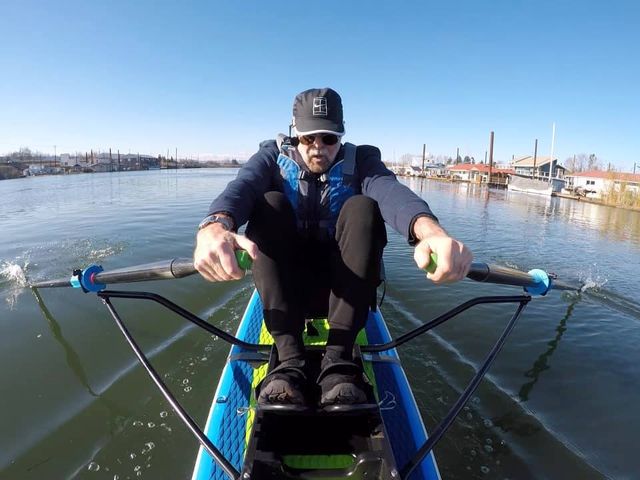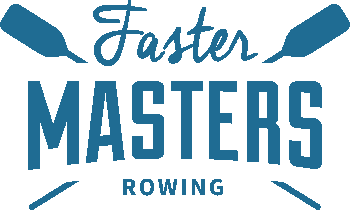At last you can start rowing on the water again. Your instincts tell you to seize your oars and row, rejoicing that erging is over once again. No doubt it feels good to go pump out a 15k, toss in some starts, and sweat. You’ll be euphoric; you’ll probably also have blisters, sore muscles, balance and blade work problems. So, if your goal this season is to move your boat more meters per second, should you really just go tear up the waterways? Paying attention to details, while easing back into your boat will shell out dividends later in the season. Avoiding a madcap approach might also mean a little more indoor rowing.

Return to water rowing after winter
You need to allow yourself a tuning period of a few weeks when getting back on the water. Give your hands time to adjust to a different handle size or texture. Check that your grips are in good shape and replace them if you need to. Remember that you haven’t feathered an oar for a long time so you will have to be aware of correct hand placement and handle manipulation from the start. Sweep rowers again need to isolate the functions of their hands so the inside hand feathers and the outside hand controls the height. Scullers should keep the thumbs at the handle’s end and resist palming the narrow handles. Attending to flat wrists and keeping the forearms level with the water is important to minimize extra motion.
Grow muscular strength
The boat is a reactive environment, so many of your smaller trunk muscles that have not been used during the down time will fatigue before your larger power muscles will. Your initial sessions are, in effect, limited by the endurance capacity of your stabilizing muscles. When you start to fatigue and catch yourself balancing the boat by swaying your knees-you need to go in. During early season rowing, care needs to be taken to row well and prevent any type of overuse syndrome that will linger into the season. Keep in mind that a muscle strain typically can take six to eight weeks to heal.
Scandinavian cross-country skiers have a training motto that says, “Hurry slowly”. When you get back in your boat this season, put technical emphasis on balance and blade work. This requires patient kilometers of low stroke rate work between 16 to 20 strokes per minute and exercises for the entry and release such as pausing at half-slide, one-quarter slide rowing, or legs-only.
Keep technique quality
Groove in good movement patterns, but be aware that you also can’t afford to lose fitness.
This is where the erg comes in. The initial transition to the water requires lower power applications until you are comfortable, so putting in some work on the erg can be key to keeping your fitness level up during the transition time. Row your workouts that are above steady state intensity on the erg so you can work at a high enough aerobic level. Gradually, build the pressure up on the water until you can maintain technique under more stress. Being diligent about taking the time to practice good blade work which will give you more boat speed once you start ramping up the cadences later in the season.
Next time you get ready to push off the dock for your distance row, remember another rowing proverb, “If you can’t do it slow, you can’t do it fast”.
Masters Rowing Advocates
Would you like to publish this article in your club newsletter or website?
Join our Masters Rowing Advocates mailing list and we will send you one article a month. Sign up on our Advocacy page.
You can copy the text on this page. Or download the PDF



